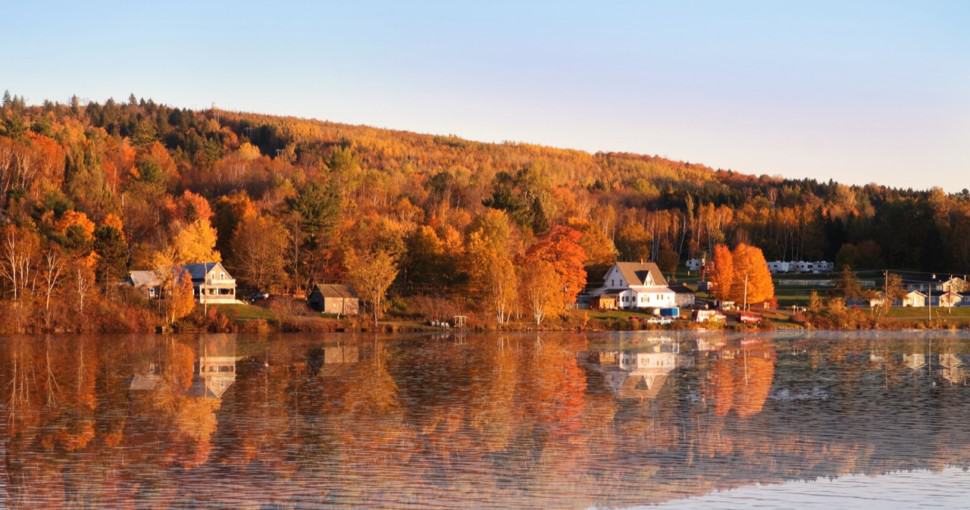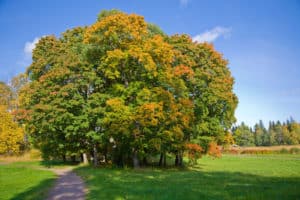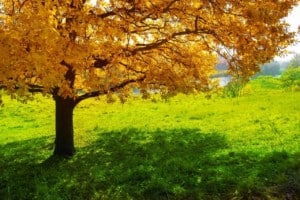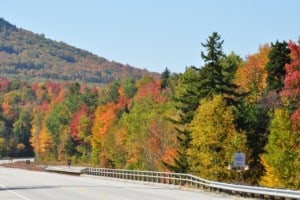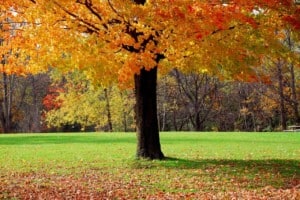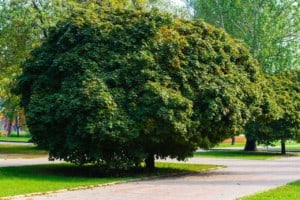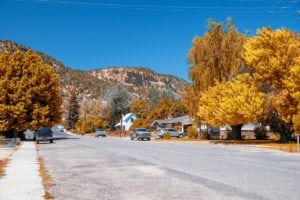Do you want to plant a Maple Tree on your property in New Brunswick? As a province well-known for being home to a large population of Balsam Firs, New Brunswick also has its fair share of Maple Trees. Read on to find out the types of Maple trees in New Brunswick that are most common in the state!
Contents
New Brunswick is an eastern Canadian province that experiences a continental climate with pleasant, warm summers with rare mildly hot days and freezing, snowy winters. The province has a landscape characterized by rolling plateaus and northern uplands covered by forests.
The central and eastern parts of New Brunswick are covered with gently rolling hills covered by forests. The southern terrain is rugged, with sharp hills and lowland plains, and tidal marshes in the southeast. Meanwhile, the eastern region is mostly flat. The Rhine of North America, aka St. John River, splits the province from north to south.
New Brunswick is home to thirty-two varied species of trees that grow in the Acadia forest, including softwood specimens, such as Red Spruce and White Pine, and hardwood species, such as Black Cherry and White Ash. The state also grows many varieties of Maple, including Douglas Maple, Vine Maple, and Canyon Maple.
Maple Trees are native to temperature regions of the Northern Hemisphere and belong to the Acer genus. Depending on the variety, your Maple Tree can grow up to be a multi-stemmed, shrub-like, small-sized specimen or a medium- to tall-sized tree. Maples are deciduous trees cherished for their outstanding fall foliage and the sweet sap coursing underneath their bark.
Many Maple species have large, lobed, beautiful leaves that develop flaming copper, orange, red, and orange-yellow hues in autumn. These trees have hardwood barks, dense, round crowns, and straight-grained wood. Timber manufacturers use Maple wood to make furniture, baskets, flooring, and more wooden items. Maple trees yield prominent, red or red-pink, two-winged samaras and pendulous masses of greenish-yellow spring flowers. They also have delicious sap used to make maple syrup.
Most Maple trees reach the height of 30 to 70 feet and have an equal or smaller crown. These trees thrive in and around riverbanks, moist highlands, dense forests, residential properties, and other landscapes with moist, free-draining soils. They need at least 6 hours of bright, direct sunlight and indirect or shaded light for the remainder of the day to grow well-rounded fruits and bright, beautiful leaves. Most Maple Trees are pretty drought-resistant and hardy trees. However, you still need to take care of their soil and water requirements.
Here are the types of Maple Trees that you can grow in New Brunswick:
1. Douglas Maple (Acer Glabrum)
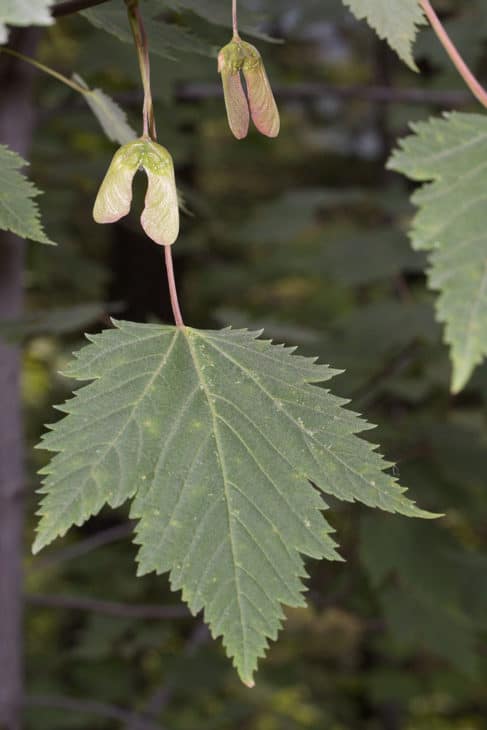
Also known as Rocky Mountain Maple, Douglas Maple is native to Oregon, British Columbia, Utah, and Washington. It is a shade-tolerant tree that tends to thrive in protected, moist areas along streams. This deciduous specimen features thin, red-brown bark, hard, dense wood, and green to red-brown, slender twigs.
Douglas Maple is a beautiful tree with fall foliage that develops red, yellow, or muted red hues. It features opposite, large, simple, lobed, dark green, sharply serrated leaves with paler bottoms. It also yields mostly dioecious, petal-less, yellow-green, small, non-showy flowers that give way to pinkish-red, two-winged, u-shaped samaras that become wrinkly and light brown with age.
2. Bigleaf Maple (Acer Macrophyllum)
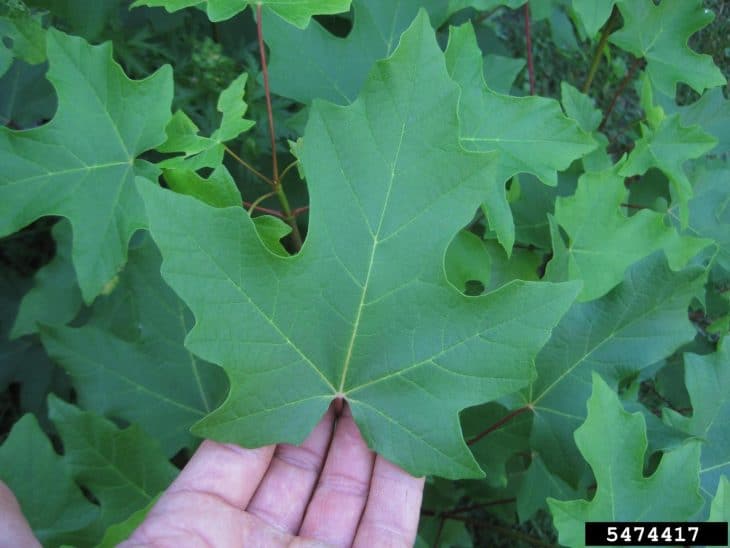
Bigleaf Maple is native to Texas, Mexico, southern Idaho, and parts of Utah’s mountainous regions. Also known as Canyon Maple, this tree is an ideal landscape specimen as it tolerates most climate and soil conditions. It’s a shrubby tree with hard, dense wood and shallowly furrowed, gray-brown bark.
Bigleaf Maple has beautiful bright red to orange-red fall foliage. It has deciduous, opposite, bright green, simple, palmate, lobed leaves with hairy bottoms. This tree grows u-shaped, two-winged samaras. It also has red, glabrous, slender, twigs and non-showy, dioecious, yellow, petal-less, small spring flowers.
3. Vine Maple (Acer Circinatum)
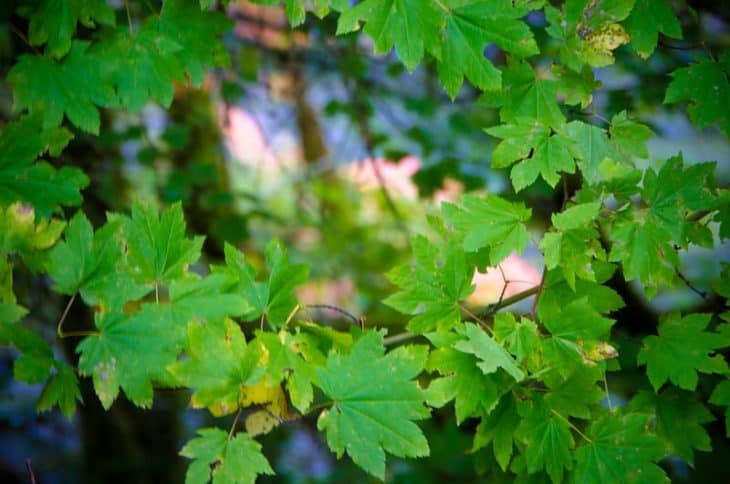
Found growing in British Columbia, northern California, and Alaska, Vine Maple is a 21 feet tall tree that lives for about 80 to 90 years. This deciduous specimen is one of the most popular native shrubs. It grows in moist to wet places under the shade of taller trees. It can also thrive in sunny pastures with adequate watering. Natives used its branches to make fish traps and baskets.
Vine Maple has opposite, distinctly shaped, symmetric, palmate, lobed, green leaves, pale green stems, white spring blooms with wine-hued sepals, and widely spreading, winged samaras that ripen in autumn. The summer foliage of Vine Maple is devoured by deer and elk, while the seeds and flowers become bird and rodent food. The autumn leaves turn pale yellow, orange, and scarlet, depending on their sun exposure.

